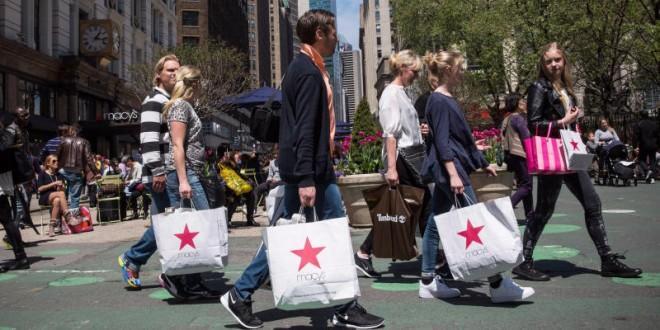Stores are carefully engineered, and every aspect of the design has a highly specific purpose — from the background music to the interior wall color.
To become more of a savvy shopper — and to cut your bills substantially — start by recognizing these subtle yet common store tricks.
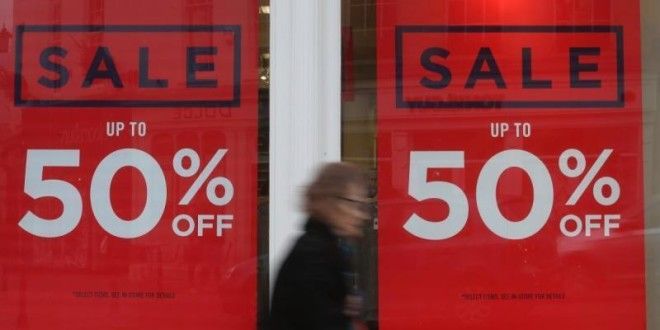
They put a big, bold "Sale" sign in the window.Even if there are a few sales here and there, this is simply bait to get people in the store, where they are likely to buy non-sale items. There's also a reason they're red: People react faster and more forcefully when they see the color red.

They play the "limited-time offer" card.Stores not only entice you with sales, but they also use limited-time offers to increase your sense of urgency in making a purchase.
Oftentimes, they're simply creating the illusion of an unbeatable sale. While these items may be tempting to buy on the spot, you're better off putting the item on hold, thinking through the purchase, and making sure it's really worth opening your wallet for.

They greet you with shopping carts.Once you enter, there are inevitably going to be rows of shopping carts. This invention was designed in the late 1930s to help customers make larger purchases more easily. By greeting you with a nice big cart at your fingertips, the store is encouraging you to fill it.
The larger the cart, the more prone you are to spending more, so opt for the hand basket — or even the old-school armful of purchases — if you can.

Supermarkets put colorful produce at the front.Encountering splashes of color in the produce aisle upon entering the supermarket will put you in a good mood, make you want to buy more, and ultimately make you think better of that particular store.

They'll get you with baked goods and flowers at the front, too.Not only are you hit with bright, beautiful produce, but you're immediately exposed to flowers and baked goods. Their appealing smell activates your salivary glands, making you more likely to purchase on impulse.

Supermarkets hide dairy products and other essentials on the back wall.This forces you to walk through the whole store to reach them, increasing your odds of throwing some items into your cart along the way.

On top of that, they like to change the store layout on you.As soon as you've got the hang of your local grocery store, the pasta sauce changes aisles and you can't seem to find it. Supermarkets do this on purpose so you end up spending more time in the store looking for certain items: More browsing time equals more opportunities to buy.
Plus, once customers start walking through a store's maze of aisles, they are conditioned to walk up and down each one without deviating.
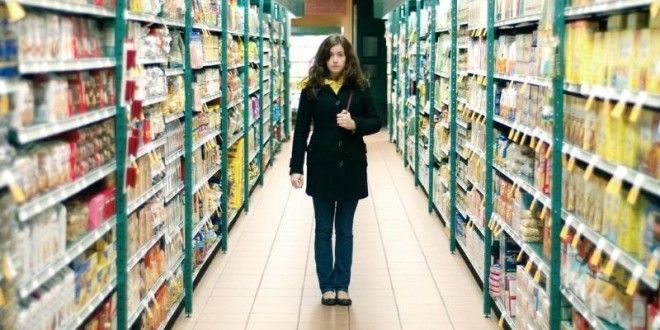
Most stores move customers from right to left.This, combined with the fact that America drives on the right, makes people more likely to purchase items on the right-hand side of the aisle.

They place the pricier items at eye level.Anything a store really wants customers to buy is placed at eye level so it's easiest to find, and particularly favored items are highlighted at the end of aisles.
Look above and below for similar items with lower prices and fewer markups.
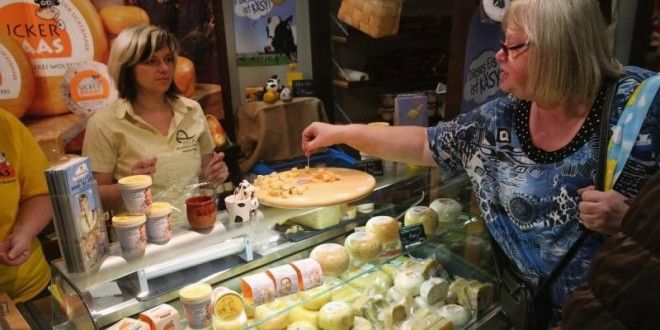
The sample stations and other displays aren't just for show.This trick not only slows you down and gets you to spend more time in the store, but it exposes you to new products. It also increases the odds that you'll buy that new product, as trying something for free makes you feel more obligated to buy it.

They strategically choose color schemes.Stores draw customers in with warm hues like reds, oranges, and yellows, but once inside, cool colors like blues and greens encourage them to spend more.

And they'll play slow music.Studies show that slow music makes people shop leisurely and spend more. Loud music hurries them through the store and doesn't affect sales. Classical music encourages more expensive purchases.
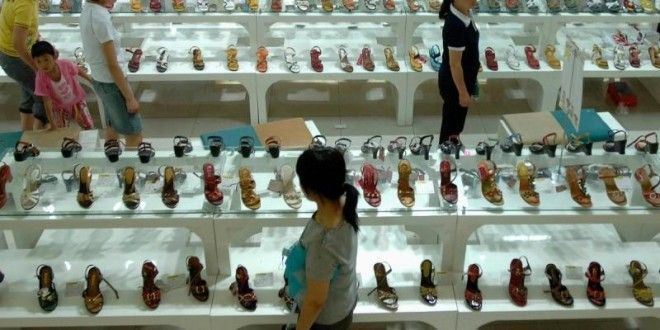
If the store isn't particularly big, they'll make it feel big.Store size matters. In crowded places, people spend less time shopping, make fewer purchases — planned and impulsive — and feel less comfortable?.

They load the checkout aisle with tempting products.The most profitable area of the store is the checkout line. By the time you've made the rounds through the grocery store, your self-control is effectively exhausted. Stores bank on you succumbing to the candy and magazine racks while waiting.
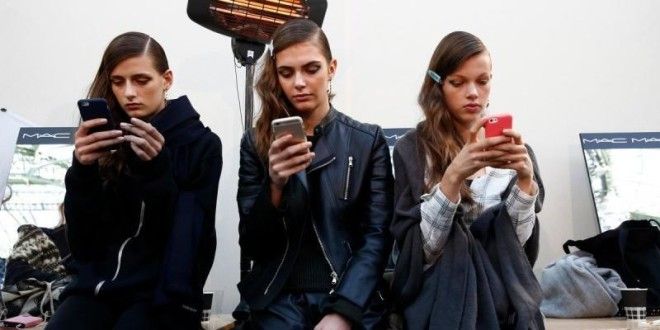
They get you to download their app.While sometimes helpful for comparing prices, retailer apps can also be dangerous and cause you to make a purchase you weren't planning on making. They like to put you in the shopping mood by flashing notifications and alerts about their latest sale items or new products.

They offer free shipping to your home.Sometimes stores offer free shipping when they're out of stock in a size or low on inventory of a particular item, but this is often just to get you to make the purchase that day. You may be better off shopping around and finding a better deal with a competitor.
Plus, you could end up waiting seven to 10 business days for your purchase, and by that time, you may have reconsidered how much you actually need or want it.
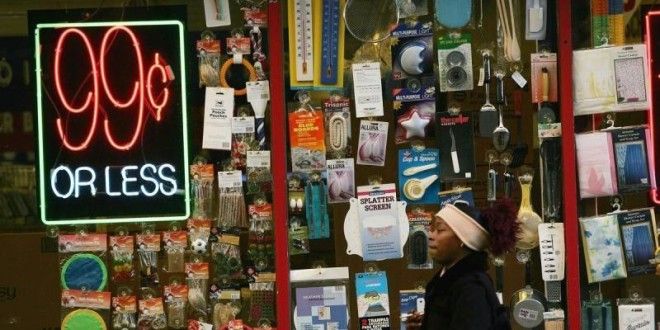
They price things at $0.99, rather than rounding up to an even price.Tagging a product with $0.99 causes consumers to automatically round down. If an item is priced at $1.99, we tend to think of the product as costing $1 rather than $2, making us more likely to purchase it.
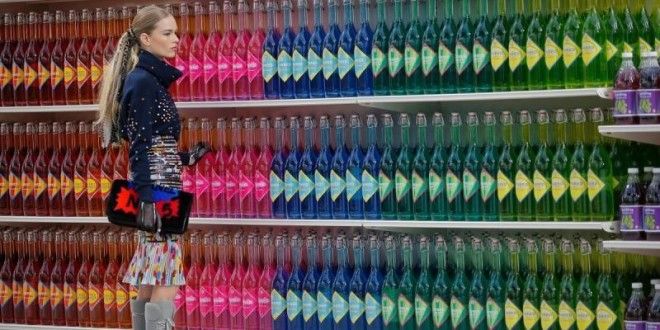
They offer the 10 for $10 "deal."It sounds like a steal, but you'll get the same savings if you only buy one item. A recent survey found that people bought significantly more items when they saw the 10 for $10 deals than they did when they saw the five for $5 and one for $1 sales. You trick yourself into thinking it's such a great deal that you end up buying more of it than you normally would.
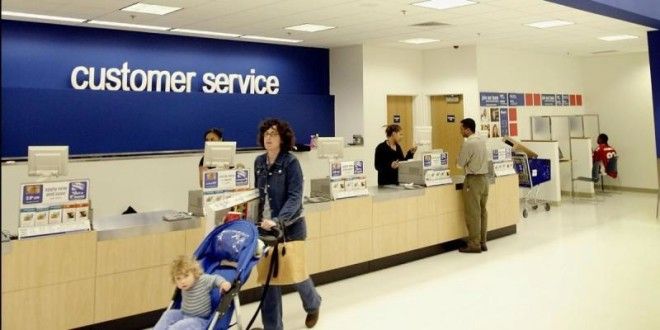
They offer to guarantee your refund."If you're not satisfied with a product, you'll get your money back." That's what many stores like to promise, implying that no matter what the customer does, they cannot lose. This removes skepticism about a purchase and any reluctance they many have felt to buy.
The catch is that companies tend to make it extremely difficult for customers to get your refund should anything happen, and most people choose to not even bother seeking it.
